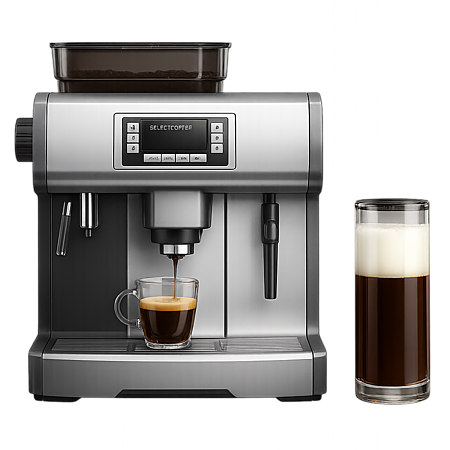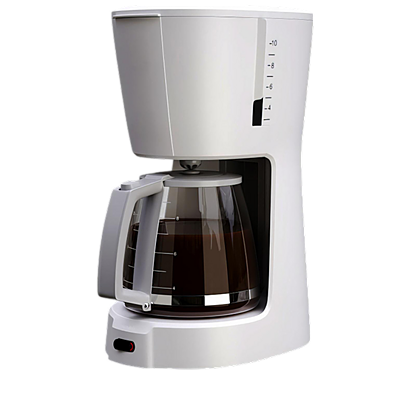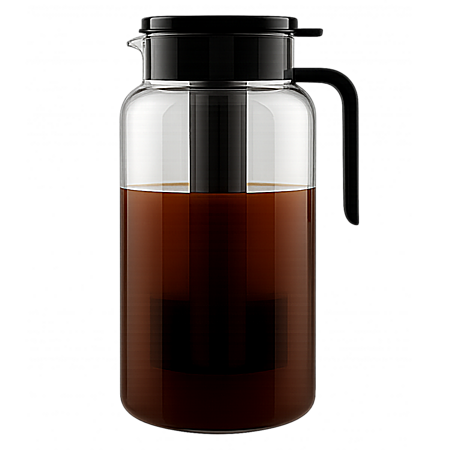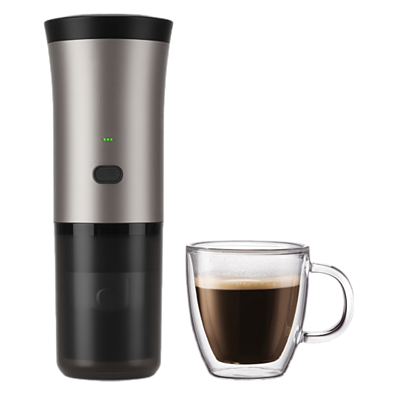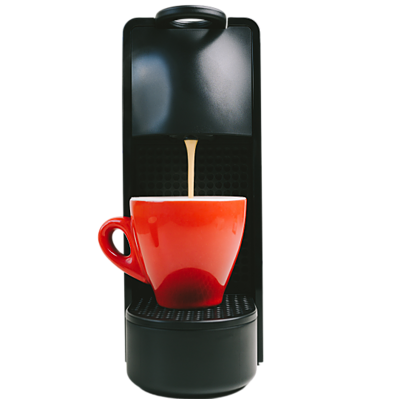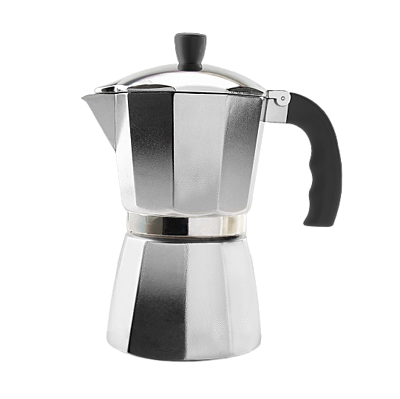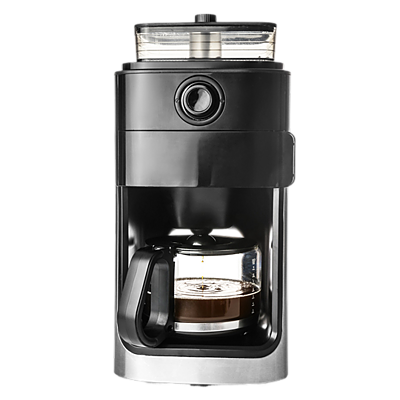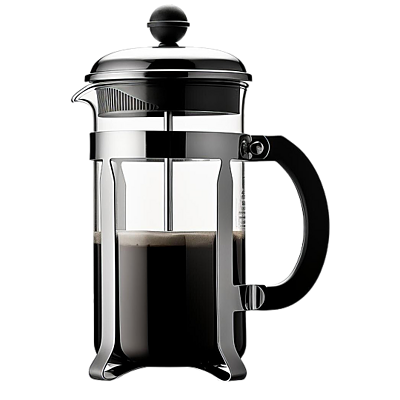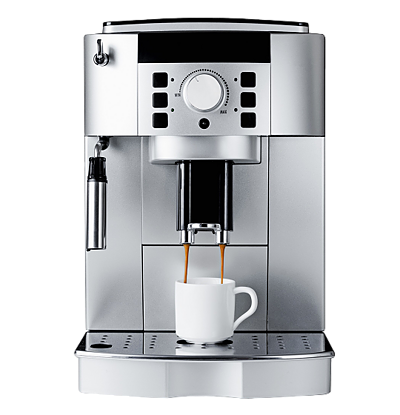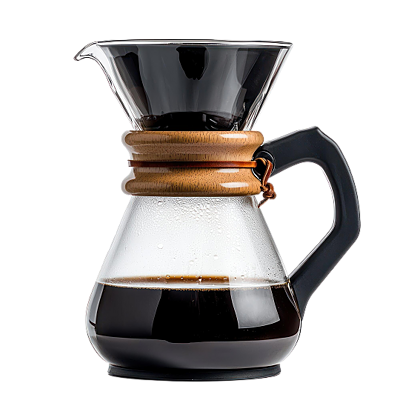Pour over coffee makers aren’t just for hipster cafes or lazy Sundays. They’re for anyone who appreciates clarity, balance, and control. Using just a filter, hot water, and gravity, they deliver a clean, complex cup that’s hard to beat.
This guide will walk you through choosing a pour over system that fits your lifestyle, preferences, and kitchen space. Whether you’re a beginner or an enthusiast looking to upgrade, I’ve got you covered.
How to Choose & Buy a Pour Over Coffee Maker: Key Features to Consider
Brewer Shape & Design
The shape and internal design of a pour over coffee maker play a big role in how your coffee brews and tastes. Cone-shaped brewers allow water to flow toward a single point, which emphasizes clarity and acidity in the cup. These typically require a slow, controlled pour and work best with a gooseneck kettle. If you want more control over your brew and enjoy experimenting with technique, cone-shaped designs are ideal.
Flat-bottom brewers promote a more even extraction with less precision required. Their design encourages consistency, which makes them a great option for beginners or those who want reliable results without much fuss.
Also look at the internal ridges or grooves—these affect airflow and water drainage. Deeper ridges often allow for better flow, while shallow or smooth walls can lead to slower extraction.
When choosing, think about how hands-on you want the process to be. If you’re after simplicity and balance, go flat-bottom. If you want to fine-tune flavor and don’t mind a learning curve, go with a cone.
Filter Type & Compatibility
Choosing between paper, cloth, or mesh filters has a direct impact on flavor, texture, and cleanup. Paper filters are the most common and produce a clean, crisp cup with very little sediment. They’re ideal if you enjoy bright, nuanced flavors and easy cleanup. Just keep in mind that some paper filters may require rinsing to remove any papery taste.
Cloth filters (often made of cotton or hemp) allow more oils into the cup than paper, resulting in a fuller body and smoother mouthfeel. They’re reusable and environmentally friendly, but they require more maintenance—rinsing after each use and storing properly to prevent mildew. Cloth is a good fit for those who enjoy a richer cup and don’t mind the extra care.
Mesh or metal filters are permanent and produce the boldest flavor with the most oils and micro-sediment. They’re low-maintenance and cost-effective over time, but they tend to highlight bitterness if your grind or pour technique isn’t consistent.
When choosing, consider how much effort you’re willing to put into cleaning, how much you value reusability, and what flavor profile you enjoy most—clean and bright (paper), smooth and rich (cloth), or bold and full-bodied (mesh).
Carafe or Mug Compatibility
A pour over brewer’s compatibility with mugs and carafes affects both usability and workflow. Some brewers are designed to rest directly on a standard mug, while others are built to sit on top of a carafe or come bundled with one. If you usually brew a single cup, look for brewers with a stable base that fits snugly over your favorite mugs—check the diameter of the brewer’s bottom ring and make sure it won’t wobble or tip during pouring.
For larger batches or multiple servings, brewers designed for use with a carafe offer better capacity and more stability. Some models are shaped specifically to work with their own branded carafes, so it’s worth checking whether the brewer can fit over a range of vessels or if it’s restricted to one system.
If you want versatility, choose a brewer with a wide, open base or a detachable stand to accommodate different sizes of mugs and servers. Also, consider whether the brewer allows you to see the coffee level while brewing—this can prevent overflows and improve consistency, especially when brewing directly into a mug.
Material & Build Quality
The material of a pour over coffee maker influences heat retention, durability, and overall brewing experience. Glass brewers offer excellent heat resistance and let you see the brewing process, but they’re fragile and best suited for home use. Ceramic brewers retain heat well and provide temperature stability throughout the brew, making them ideal for consistent results, though they can be heavy and prone to chipping if dropped.
Plastic brewers are lightweight, affordable, and nearly indestructible. They don’t retain heat as well but are perfect for travel or everyday use if you preheat them. Stainless steel options are durable and often double as insulated models, maintaining brew temperature longer and withstanding frequent use.
Pay attention to build quality details like the thickness of the walls, the sturdiness of any handles or bases, and how well the parts fit together (if there are multiple components). A well-built brewer should feel balanced, resist tipping, and stand up to repeated use without warping or cracking. Choose a material that fits your brewing habits—whether that’s daily home use, travel, or presentation-focused serving.
Gooseneck Kettle (Essential Accessory)
A gooseneck kettle isn’t required, but it makes a big difference in pour over brewing. The narrow spout gives you precise control over water flow and direction, which is key for even extraction. Standard kettles pour too quickly and unevenly, leading to inconsistent results.
If you’re serious about pour over, consider a gooseneck with a comfortable grip, steady flow rate, and good balance. Electric models with temperature control let you heat water to the ideal brewing range (195–205°F) without guesswork. For manual kettles, prioritize stability and ease of pouring.
Bloom & Flow Control
Controlling bloom and flow is key to getting consistent, well-extracted coffee. The bloom stage—when hot water first hits the grounds and releases gas—should be even and controlled. Brewers with open, accessible designs give you full control over this step, allowing you to pour slowly and evenly.
Flow rate is shaped by the brewer’s shape, bottom hole size, and interior ridges. Faster-draining brewers highlight brightness and clarity, while slower ones bring out body and sweetness. If you prefer experimenting with pour techniques or recipes, choose a brewer with a faster flow and fewer restrictions. If you want a more forgiving, hands-off process, go with a slower-flow design.
Cleanup & Portability
Cleanup and portability can make a big difference in how often you reach for your pour over setup. Single-piece brewers with simple shapes are the easiest to clean—just discard the filter, rinse, and you’re done. Avoid designs with hard-to-reach grooves or multiple parts if convenience is a priority.
For portability, look for lightweight, durable materials like plastic or stainless steel. These are ideal for travel or office use and won’t break in a bag. Some brewers are compact enough to fit inside a travel mug or come with carrying cases, making them great for brewing on the go.
Pour Over Coffee Maker Types: Choose by Skill and Style
Choosing the right pour over system all comes down to your experience, how hands on you want to get, and whether you like brewing one cup or several. Some provide the most control over flow rate, saturation, and timing, while others are simple to use and give you repeatable results.
Conical Drippers
Best for: Coffee enthusiasts who like to dial in each variable
Pros: Allows complete control of pour speed and technique; results in brighter and more complex flavor profile
Cons: Has a steeper learning curve and is more sensitive to the user’s technique
Conical drippers allow the water to drip through one point at a time. Grind size and pour style are significant with these drippers, which are best for coffee fans who like to experiment with bloom, pulse pouring, and timing of the extraction.
Flat-Bottom Drippers
Best for: Beginners and those that like consistent extraction
Pros: More forgiving, even extraction, well balanced flavor
Cons: Slightly slower drainage, fewer flavor spikes
Flat-bottom brewers help to saturate evenly and reduce channeling. Ideal for beginners or those who desire a more consistent brew from cup to cup.
Chemex Brewers
Best for: Entertainers and style-forward home brewers
Pros: Beautiful design, large batch capacity, ultra-clean taste
Cons: Bulky, thicker filters slow brew time
Chemex brewers use special bonded filters that produce crystal-clear coffee with low body and high clarity. Ideal for brewing 3–8 cups, and they look great, too.
Built-In Carafe Pour Over Systems
Best for: Users who desire convenience without sacrificing quality
Pros: All-in-one design, reduces mess, easy to store
Cons: Less flexibility in brew method
This system comes with the dripper and carafe in one convenient unit. Clean up is easier with fewer pieces, which makes them great for casual use at home or the office.
Single-Cup Portable Drippers (collapsible silicone, stainless steel cones)
Best for: Travelers and minimalist brewers
Pros: Lightweight and compact, perfect for camping or travel
Cons: Typically not as thermally efficient
These drippers are all about portability and easy to clean up. Perfect for solo sippers or anyone wanting to brew on the go.
Advanced Features Worth Considering
- Flow control or adjustable drainage: Some brewers have valves or constricted holes that you can open and close or adjust to slow or control the speed of water draining through the grounds for fine tuning extraction.
- Built-in filter options: Higher end brewers often use reusable stainless steel or mesh filters that remove the need for paper and allow for a more full-bodied cup. Great for sustainability and convenience.
- Precision pouring kettle compatibility: Many systems are designed to pair with gooseneck kettles for better control over water flow, temperature, and bloom.
- Thermal or glass carafe pairing: Pick a double-walled thermal carafe to keep your brew hot longer, or a borosilicate glass carafe that looks great and allows you to see the coffee level at a glance.
- Integrated measurement guides: Some brewers and carafes have built in water level or coffee ratio markings for easy and consistent measuring without always having to grab a scale.
- Multiple cup sizes or configurations: While some pour over kits are meant for brewing just one cup, others have inserts or adapters to brew more than one serving at a time.
- Compact, modular design: Ideal for small kitchens, travel setups, or coffee carts. Some brewers can be stacked or folded to save space for maximum storage efficiency.
- Filter holder or storage base: Some brewers have built in compartments or bases to neatly store your filters and other accessories.
Budget Breakdown: What to Expect
Here is a rough price tier list and the sort of pour over product you can expect to find in each. Keep in mind these prices do not include grinders but are for brewers and core accessories only.
- $0–$30: Entry-level single-cup drippers. Plastic V60s, Melitta cones, or simple, collapsible travel brewers. Good for starters, but some may sacrifice heat retention or durability.
- $30–$75: Home brewer’s sweet spot. Ceramic or glass drippers, branded starter kits with carafes, and improved ergonomics. Most have filters included, and will serve you well as a daily brewer.
- $75–$150: High end brewers and starter sets. May come with insulated carafes, glass pouring kettles, reusable metal filters, and overall higher refinement in design and finish. Good for the style conscious, or as gift sets.
- $150+: Premium or artisanal setups. Think precision-machined brewers, designer stands, temperature-regulating kettles, or full pour over stations for the more serious enthusiast or home café-style setups.
Which Machine Matches Your Routine?
Choosing the right pour over setup comes down to three factors: how much time you have, how many cups of coffee you need, and how involved you want to be in the brewing process.
- Always rushing? Choose a small pour over cone that fits directly onto your mug. Pair with pre-ground coffee for an even quicker process. Seek out flat-bottom filters for more forgiving extractions.
- Weekend brewer? A gooseneck kettle and Chemex or glass dripper will allow you to control every aspect of your pour and saturation level. It’s more time consuming and requires more attention, but the clarity and nuance is worth the extra effort for those single-origin gems and when you have the time to slow down and enjoy the process.
- Need a system that can brew for a group? Opt for a larger capacity pour over system with a thick paper filter and a weighted base. It’ll hold more coffee and water for consistent multi-cup pours without skimping on quality.
- Cramped quarters? Collapsible silicone drippers or stainless steel cones take up less space on your counter and are easy to pack, store, or ship. Seek out models that nest or collapse flat, and double check height measurements to ensure they’re compatible with your favorite mugs or carafes.
- Flavorhound? Seek out pour over systems with adjustable flow rates or different filter options. Flat-bottom drippers give you a more even brew; conical drippers can accentuate acidity and complexity.
- Just brewing for yourself? Consider a single-cup pour over stand or an integrated mug/dripper combo that fits on your desk or shelf. Bonus points for built-in measuring system or scale markings for fuss-free precision.
Is a Pour Over Coffee Maker Right for You?
A pour over coffee maker is great for those who take their time, focus on the brewing process, and want a clean cup that has a range of subtle flavors. It’s also great for those who appreciate detail and want flavor control. Willing to wait a few minutes? It’s worth it. On the other hand, if you want a set and forget, or get a lot done in a small amount of time, you may want to look at other options.
For help choosing between specific brands, visit my main coffee maker buying guide for in-depth comparisons and a list of features every pour over coffee maker should have.


